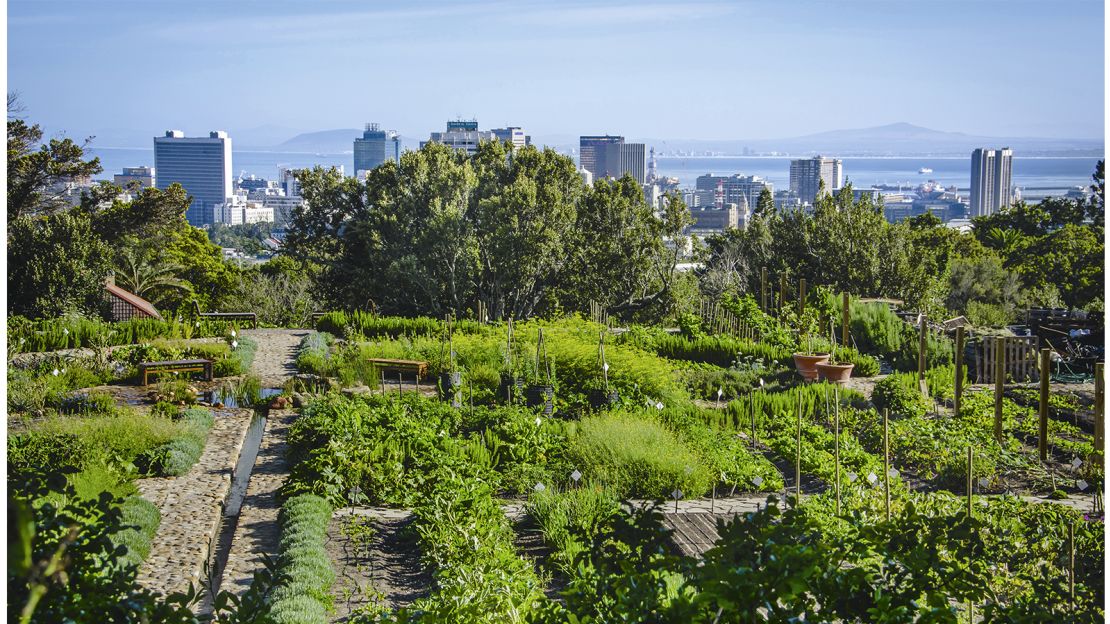City Blooming for Beginners
City Blooming for Beginners
Blog Article
The smart Trick of City Blooming That Nobody is Talking About
Table of ContentsLittle Known Questions About City Blooming.Little Known Questions About City Blooming.Some Ideas on City Blooming You Need To KnowCity Blooming for DummiesExcitement About City Blooming
Intrigued in expanding food available in the City of Chicago? Thinking of starting an area garden? Modifications to the Chicago Zoning Regulation permit agricultural uses like neighborhood yards and city ranches in several parts of the city. Below is a checklist of frequently asked inquiries relating to the guidelines and guidelines that farmers need to take into consideration when intending a city agriculture project.
The zoning change does not change any other codes dealing with composting, structure licenses, acquiring or renting City possessed property, business licenses or ecological contamination. There are existing codes that manage these concerns and they remain completely impact and might be appropriate to your project. Neighborhood gardens are typically had or taken care of by public entities, civic organizations or community-based organizations and kept by volunteers.
Urban ranches expand food that is meant to be offered, either on a nonprofit or for-profit basis. Due to their commercial purpose, city farms need an organization certificate.
The smart Trick of City Blooming That Nobody is Talking About
Composting is allowed however only for plant product that is produced and used on website. The quantity of compost material can not go beyond 25 cubic lawns at any type of given time according to the requirements in 7-28-715 of the City's Municipal Code. Yes. Since the soil at many new yard sites requires modifying, compost, soil, wood chips, or other products can be acquired to build or improve the growing space - landscaping.

If a building license is needed then the hoophouse will certainly be considered an accessory building. You can learn even more concerning the building authorization demands by contacting the Division of Structures. The 25,000-square-foot size restriction is meant to stop a solitary area garden from dominating a given block or detracting from the block's existing household or business personality.
The limit does not put on gardens situated in Public Open Space (POS) districts. Can there be even more than one community yard that is 25,000 square feet on a solitary block? Yes. The size limit uses to specific gardens, not to individual blocks. No. Fence is not needed, nevertheless, gardens that have big parking lot might be required to set up secure fencing or other landscaping features.
More About City Blooming
B1 & B2 districts require that all business usage activities be conducted inside your home. Is fence needed for city farms? Fences may be required, along with landscaping and testing, for specific car park locations and exterior work or storage space locations depending on location and the particular task taking location.
Urban farms require structure authorizations and zoning authorizations prior to building (eco-friendly practices). Other forms of city testimonial may be called for depending on specific structures, activities, dimension, landscaping, licensing, public heath and stormwater monitoring issues.
The Department of Company Affairs and Customer Security can assist identify the details type of business permit that's called for. Off road vehicle parking is needed for many industrial jobs in Chicago. The called for number of auto parking rooms is based on the number of staff members working on website and not the square video of the growing space.
The smart Trick of City Blooming That Nobody is Discussing

Yes. An urban ranch can offer garden compost material produced on site, however, the operation must adhere to the laws in 7-28-715 of the Chicago Municipal Code. Yes. Aquaponic systems are permitted inside your home on metropolitan ranches in several zoning areas. However, a zoning evaluation and structure permit is called for click here now in order to set up structures or systems and a company certificate is called for as explained above.
Approximately 5 hives or nests of honey bees might be maintained as an accessory use. Nevertheless, beekeepers should sign up with the Illinois Department of Agriculture. To find out more about the proposed zoning modification you might call the Department of Real Estate and Economic Growth, Bureau of Planning and Zoning at 312.744.8563.
Farming in cities and metropolitan areas An urban farm in Chicago. Urban agriculture refers to various techniques of growing. https://cityblooming3.wordpress.com/2024/06/27/city-gardening-cultivating-green-spaces-in-urban-jungles/, processing, and distributing food in metropolitan locations. The term additionally relates to the location tasks of animal husbandry, tank farming, beekeeping, and horticulture in an urban context. Urban farming is differentiated from peri-urban farming, which takes location in rural locations at the edge of suburban areas.
7 Simple Techniques For City Blooming
It can involve an activity of natural cultivators, "foodies" and "locavores", who seek to develop socials media established on a common principles of nature and community holism. These networks can establish using formal institutional support, becoming integrated into regional town planning as a "shift community" movement for lasting city development.
The more direct access to fresh veggie, fruit, and meat products that may be realised via urban farming can boost food safety and food safety while decreasing food miles, causing lower greenhouse gas emissions, thus adding to environment modification reduction. A few of the first evidence of urban farming originates from Mesopotamia.
Report this page